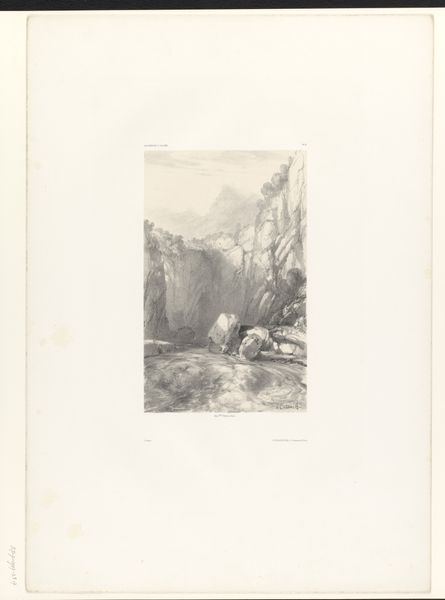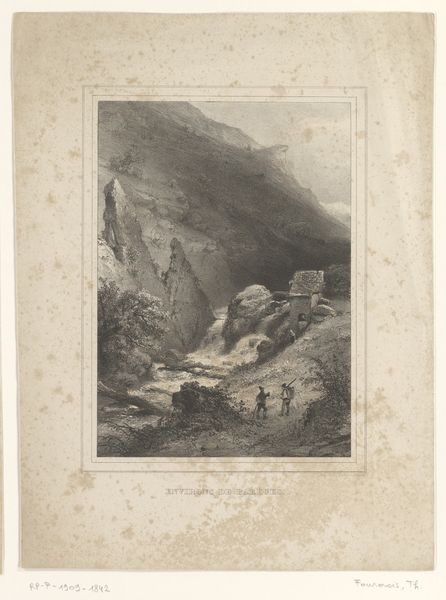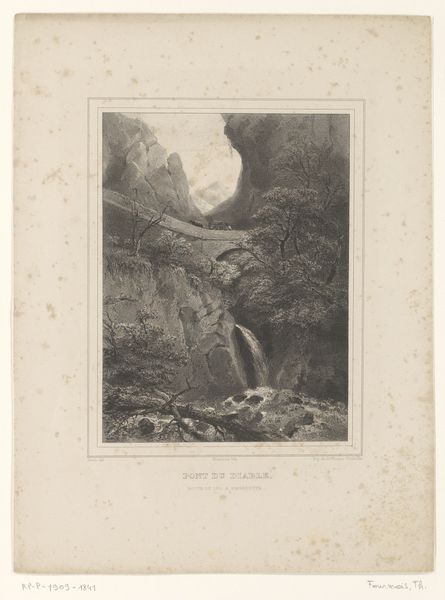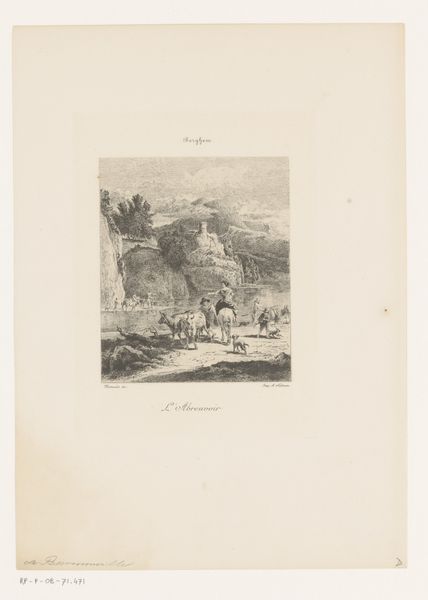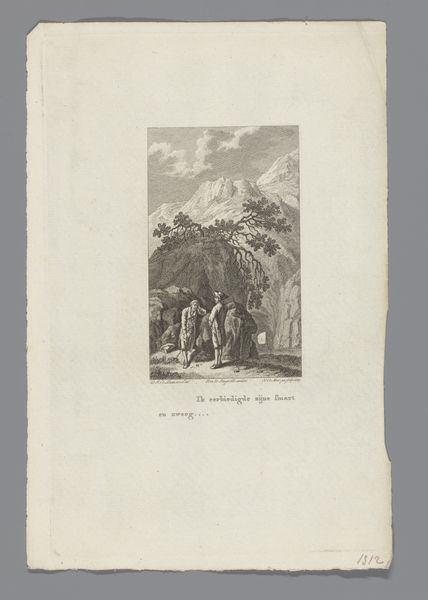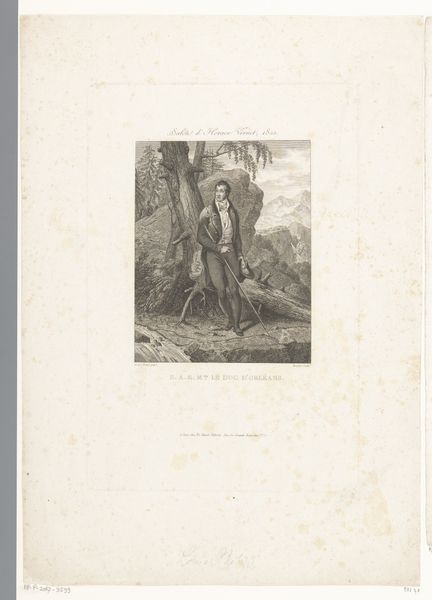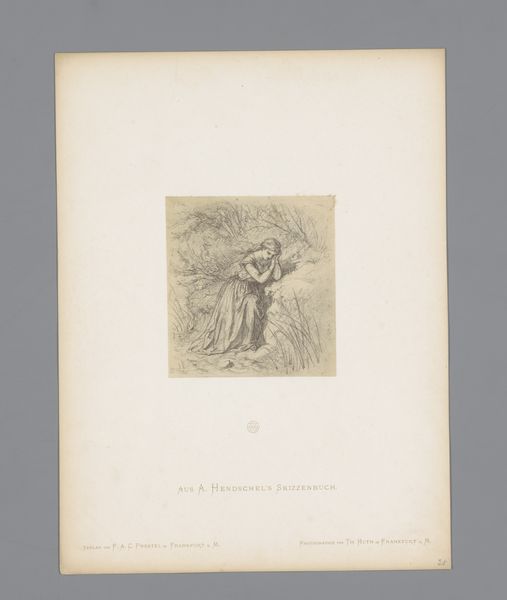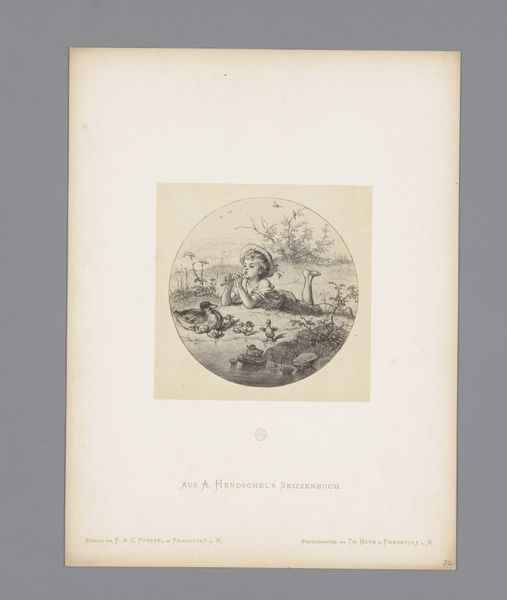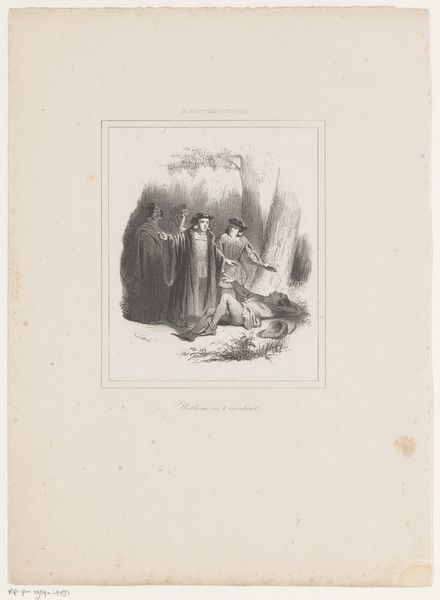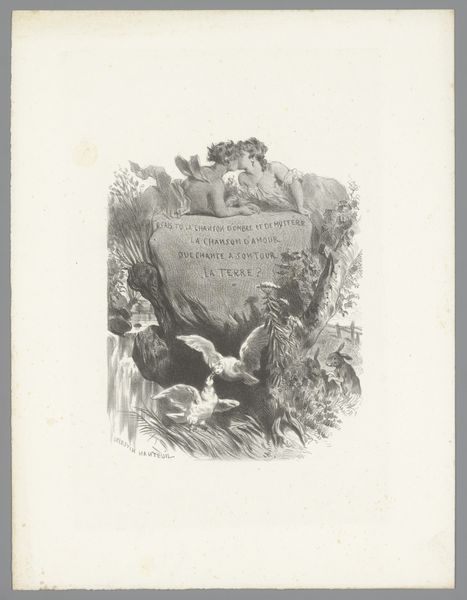
engraving
#
landscape
#
waterfall
#
figuration
#
romanticism
#
line
#
engraving
Dimensions: height 258 mm, width 200 mm
Copyright: Rijks Museum: Open Domain
Paulus Lauters made this print of a bridge over a waterfall, using etching and line engraving techniques. This print exemplifies the 19th-century European fascination with sublime landscapes, born from Romanticism’s interest in the power of nature. The tiny figures on the bridge emphasize the imposing scale of the landscape, encouraging a sense of awe, but also perhaps a feeling of human vulnerability in the face of natural forces. The choice of a bridge as a subject is interesting; it serves as a symbol of man's attempt to tame nature, but also of his connection to it. Prints such as this circulated widely, and helped to shape cultural perceptions of landscape, especially as they related to developing ideas around tourism and leisure. Further research into the artist’s other works, along with travel accounts from the period, would give us a richer understanding of the image's cultural context. The meaning of art lies not just in its aesthetic qualities, but in the conversations it sparks within its society.
Comments
No comments
Be the first to comment and join the conversation on the ultimate creative platform.

